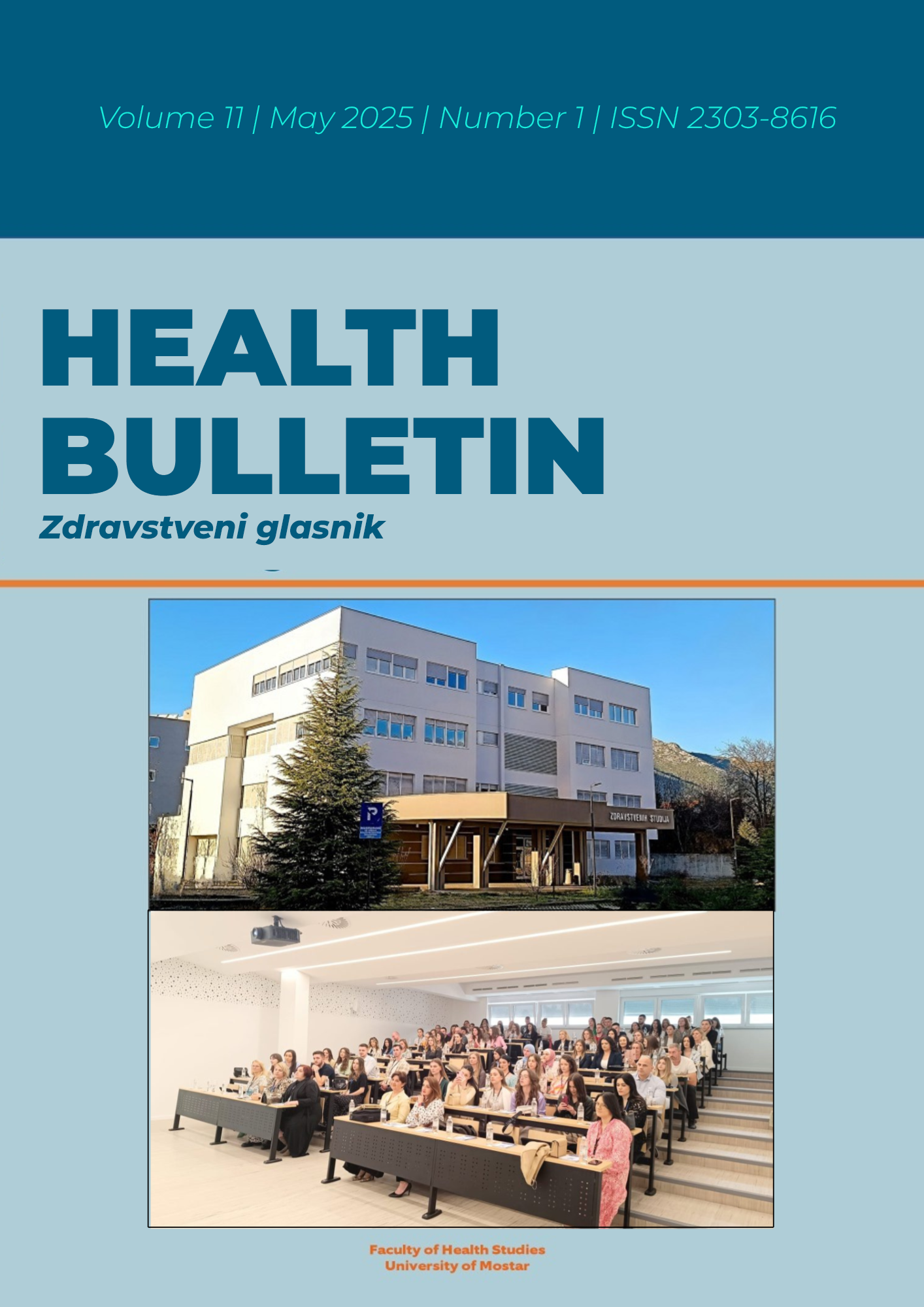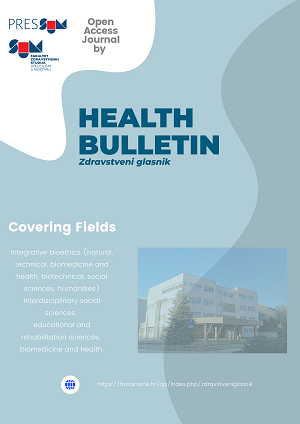COMPUTER-AIDED DIAGNOSIS AND DETECTION IN CHEST RADIOGRAPHY
Keywords:
Computer-aided diagnosis, radiology, detection, chest radiographyAbstract
Artificial intelligence (AI) is a computer science that deals with the ability of computers and robots to perform tasks that require some form of intelligence, such as learning, planning, object recognition, understanding foreign languages, etc. It is applied in various fields such as medicine, science, finance, entertainment, security.
Artificial intelligence is slowly but surely being integrated into the healthcare system, where it aims to improve patient outcomes, reduce costs, and increase efficiency. It has a special role in the field of radiology, where it should increase diagnostic and therapeutic accuracy.
Different types of artificial intelligence that have found application in radiology are machine learning, deep learning, and neural networks. Radiological imaging data is growing rapidly and increasing the need for the number of available trained radiologists. Artificial intelligence makes the radiologist's job easier by reducing the time needed for diagnosis, but also serves as a support for diagnosis and interpretation of findings. Artificial intelligence systems play a special role in chest radiography. Chest radiography uses a computer program for pattern recognition that detects suspicious features in the image and brings them to the attention of the radiologist in order to reduce false negative readings. Computer-aided diagnosis or CAD is the name of the mentioned computer program. CAD systems, known as computer-aided detection (CADe) and computer-aided diagnostics (CADx), are based on the principle of deep learning, i.e. convolutional neural network (CNN). The aim of this paper is to point out the role of CAD systems in the accuracy and acceleration of diagnostic decision-making by radiologists in radiography of thoracic organs.
















